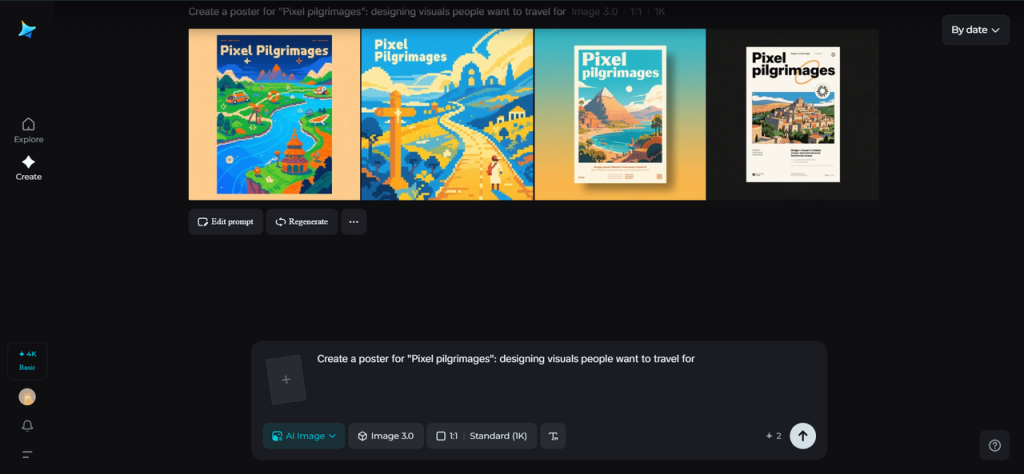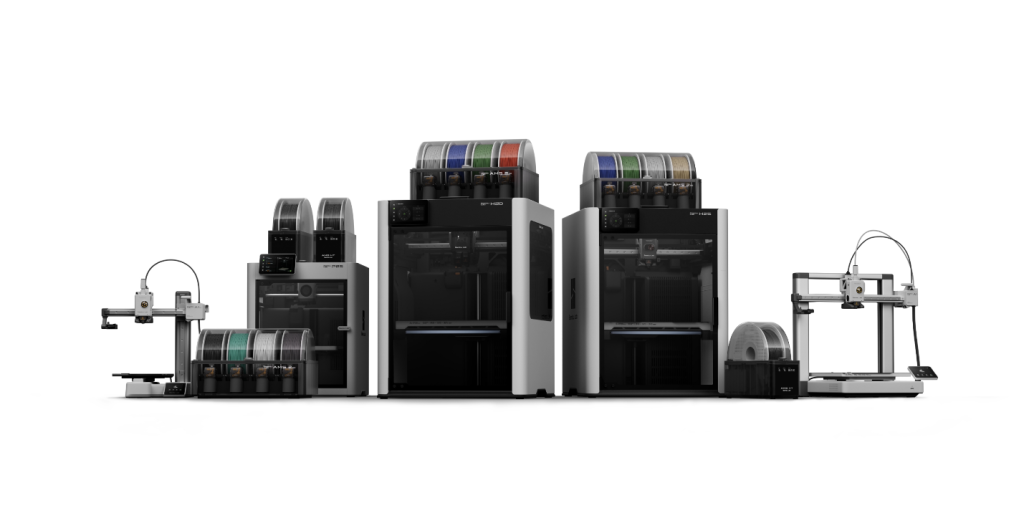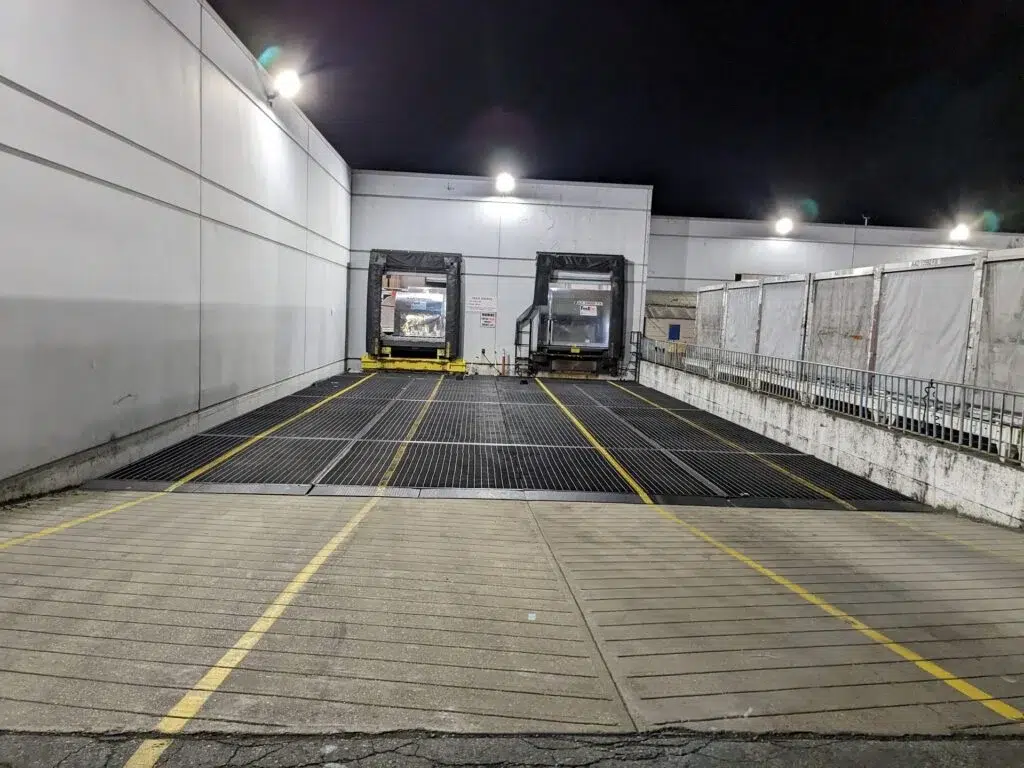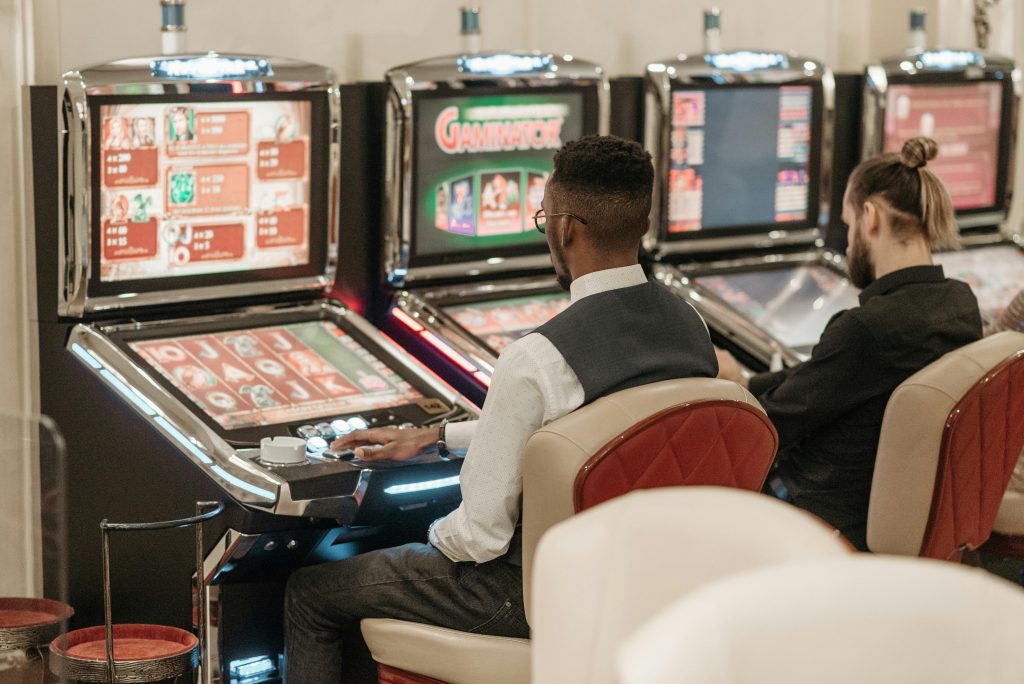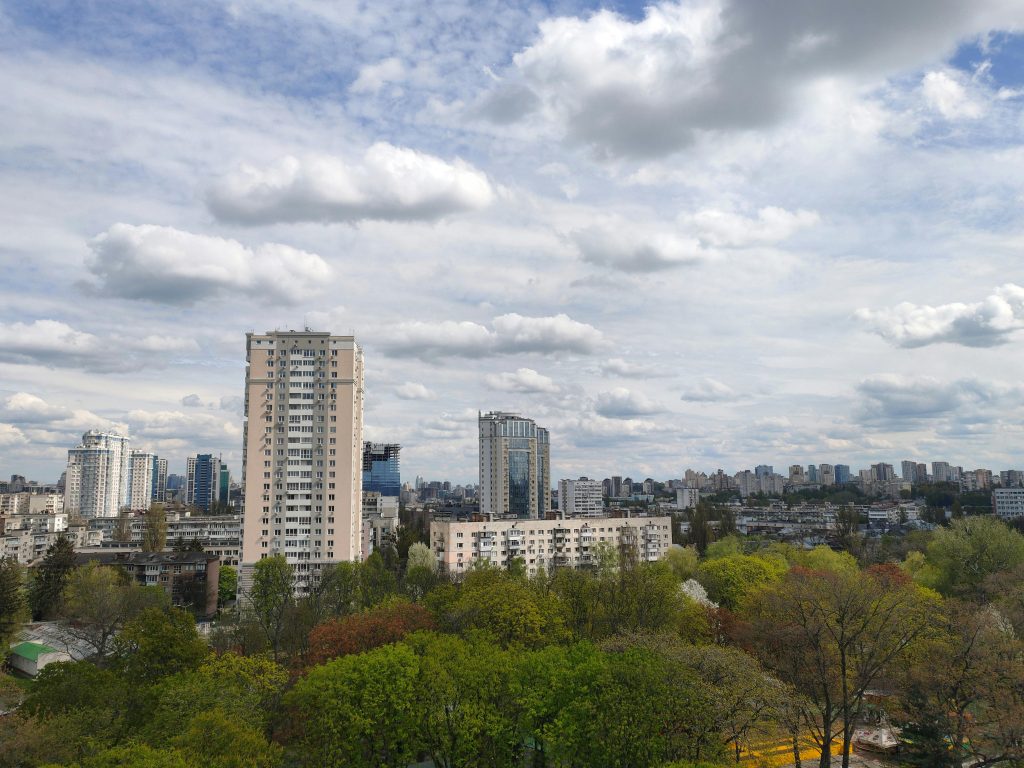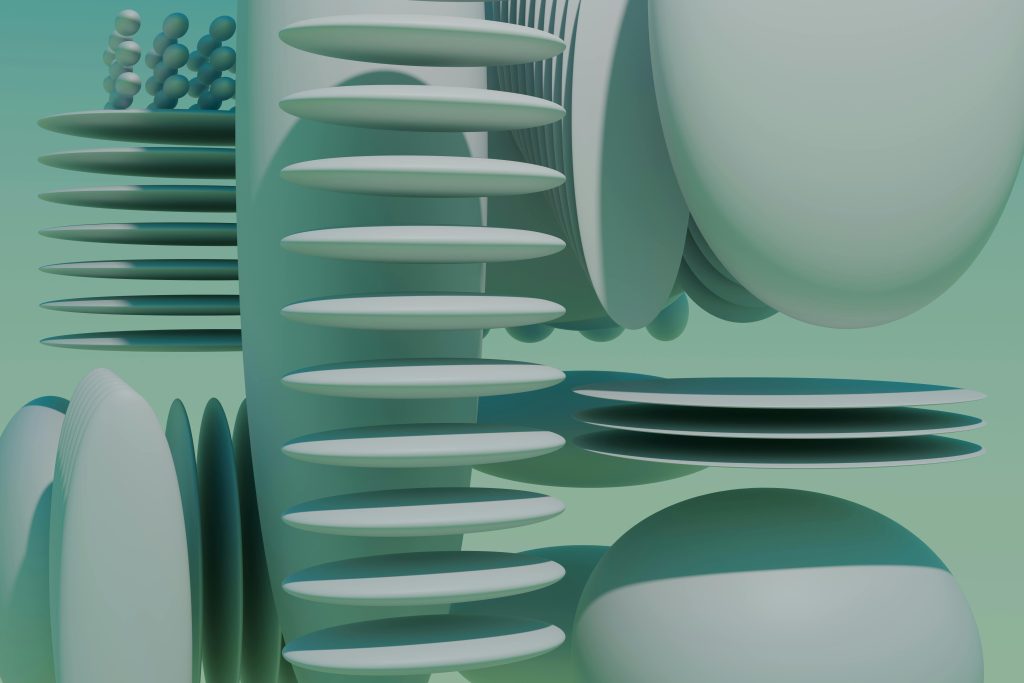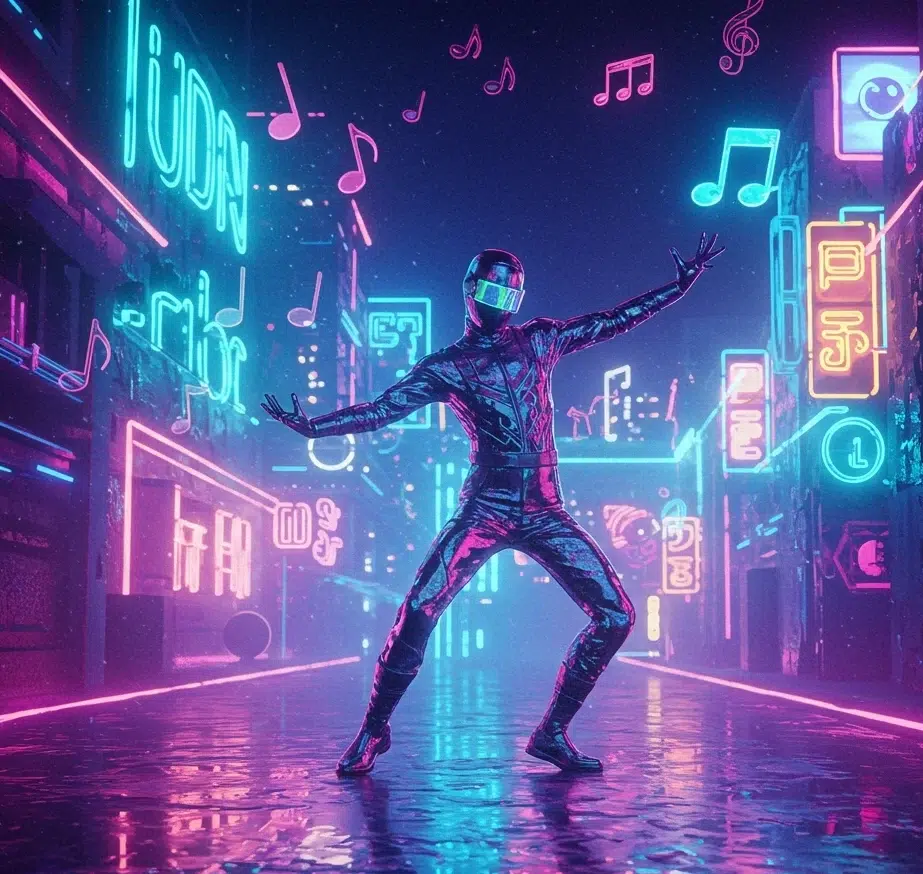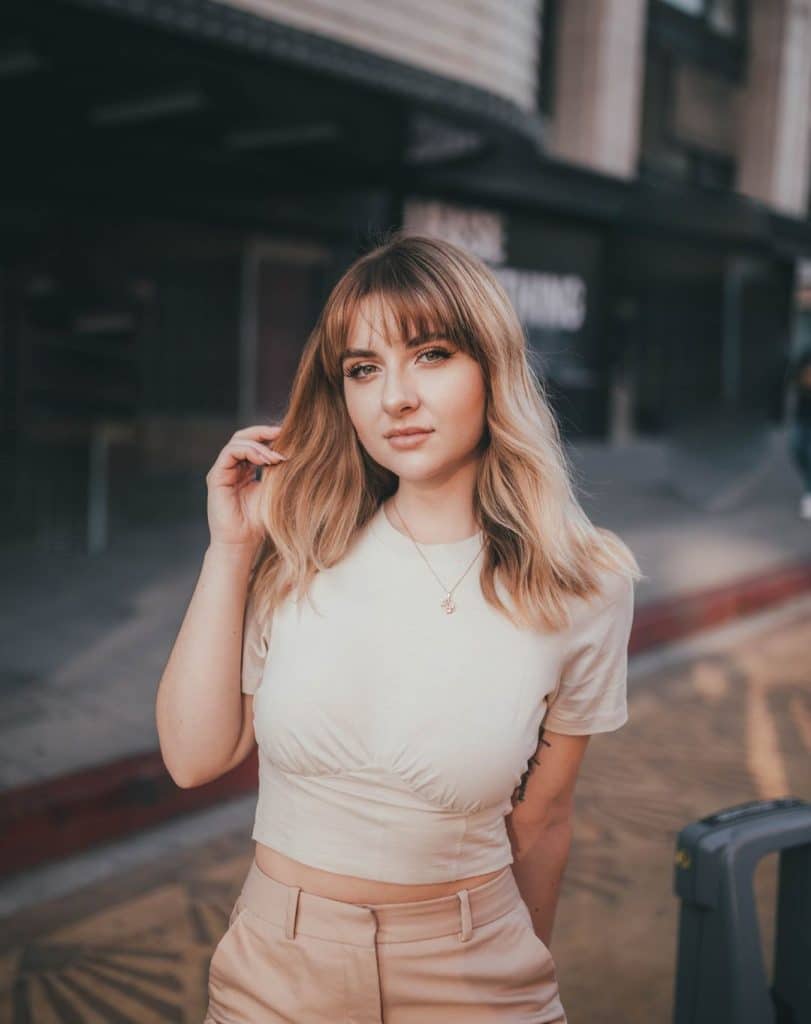In this brave new world of experiential marketing, humans no longer travel to destinations; they travel for photos. A neon-lit tunnel under a bridge, a mirror sculpture that appears to float in a park, or a gradient wall outside a cafe can be global phenomena overnight. These are the pixel pilgrimages of our time, installations so visually striking that humans travel across cities, even continents, to photograph them.
Thanks to Dreamina and an AI photo generator, artists and brands can now dream these concepts into existence before a single brick is laid. It’s art as marketing, and marketing as tourism, a collision of pixels and wanderlust.
Where imagination becomes itinerary
Classic advertising is static. Pixel pilgrimages, by contrast, encourage movement; people come, pose, and post. These installations don’t just sell a brand; they become events, destinations, and backdrops for stories people write with their cameras.
What makes them irresistible is that they are shareable. A glowing sculpture, mural, or pop-up installation turns into a social magnet, transforming passersby into storytellers and posts into living advertisements. Every photo shared increases reach and deepens emotional engagement. In effect, brands aren’t chasing attention anymore, they’re creating it.
The anatomy of a photo-worthy experience
The most effective campaigns today don’t just exist; they invite participation. People don’t just look, they enter. These spaces make emotion physical, turning curiosity into devotion. There are three secret ingredients a travel-worthy installation needs:
-
A strong identity – one that is recognizable even in a small photo.
-
A sensory hook – color, light, or motion that captures the eye.
-
A story to tell – a thing that makes guests feel they belong to the world of the brand.
When branding becomes place-making
Great design is not just seen, it’s remembered. A campaign installation can turn into a signature icon that people associate with a brand for years to come. But, to do that, it must visually speak the brand’s identity. That’s where digital tools come in. An AI logo generator can help turn a brand mark into 3D, extrapolating it into shapes, curves, or sculptures that take on new meaning. The brand essence becomes an environment, not a label.
Imagine a swirling shape cut out of a company’s symbol, emanating in its brand colors, people photograph it, tag it, and the logo lives on in thousands of timelines.
Dreamina: from pixels to pilgrimage
Dreamina bridges the distance between visionary creativity and reality. It enables designers to test how an installation will look, feel, and react before it exists. Instead of working in the dark, artists can now feel emotional resonance beforehand. It’s not about technology replacing imagination, but about enhancing it. Dreamina lets ideas travel faster, from brain to prototype, from concept to crowd.
Bring your dream installation to life with Dreamina
Step 1: Write a text prompt
Open up Dreamina (no image generator necessary) and start to tell your story. Be sure to be rich in all aspects of the scene, mood, materials, light, and atmosphere. The more your words describe, the sharper your vision will be.
Example prompt: A futuristic, dream-like garden installation with reflective cubes floating above a desert, warm sunset light, people taking photos, cinematic, futuristic.
From there, Dreamina will turn that vision into a visual preview that conveys the content of the installation.
Step 2: Adjust parameters and generate
After that, make some adjustments to the technical side. First, select the model that best fits your look-realistic for concept, or cinematic for presentation. Next, select the aspect ratio (square for post, wide-screen for layout preview) and finally select the resolution setting (1K or 2K depending on intended use). Then you just hit the icon for Dreamina and watch your text become an image – a true first preview of your installation concept.
Step 3: Customize and download
Once you visualize your picture, you may wish to edit it. Dreamina has inpaint to update details and expand to create breathing room; it has remove for distractions, and retouch for color or light. Once you are satisfied, you can probably tap the Download icon to save it. So, what did you get? A digital rendering of a place that hasn’t yet been built.
Digital sketches, physical journeys
Dreamina helps creators close the distance between digital fantasy and real-world architecture. When an idea pans out, teams can use tools like the AI poster generator to develop matching visuals, on-site signage, publicity materials, or event posters that are consistent in tone. It’s a creative cycle: from pixels to posters to places, and back to pixels again when people post their photos. Every stage adds to the emotional mark of the brand.
Conclusion: Dreamina and the art of arrival
In this new era of design, marketing isn’t about showing off, it’s about inviting. Pixel pilgrimages show us that emotion can be built out of imagination, and imagination can become geography. Dreamina gives creators the power to dream before they make, to envision before they build. It makes the design process itself a destination, where creativity, storytelling, and travel meet.
Because the most powerful brand experiences of our time don’t just live online, they live where pixels meet footsteps, and where art is a destination to be experienced.


